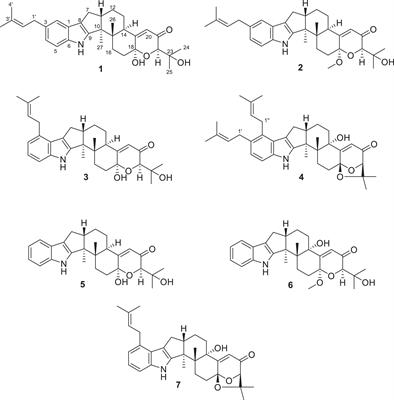EDITORIAL
Published on 01 Feb 2022
Editorial: Bioactive Compounds With Potential Medicinal Properties Derived From Fungi: Recent and Future Developments in Microbial Biotechnology
doi 10.3389/fmicb.2022.837586
- 1,343 views
- 3 citations
16k
Total downloads
71k
Total views and downloads
EDITORIAL
Published on 01 Feb 2022
ORIGINAL RESEARCH
Published on 10 Dec 2021

ORIGINAL RESEARCH
Published on 10 Dec 2021

ORIGINAL RESEARCH
Published on 01 Oct 2021

ORIGINAL RESEARCH
Published on 27 Sep 2021

ORIGINAL RESEARCH
Published on 17 Sep 2021

ORIGINAL RESEARCH
Published on 06 Sep 2021

ORIGINAL RESEARCH
Published on 23 Aug 2021

ORIGINAL RESEARCH
Published on 09 Aug 2021

REVIEW
Published on 23 Jul 2021

ORIGINAL RESEARCH
Published on 09 Jul 2021

ORIGINAL RESEARCH
Published on 14 Jun 2021

